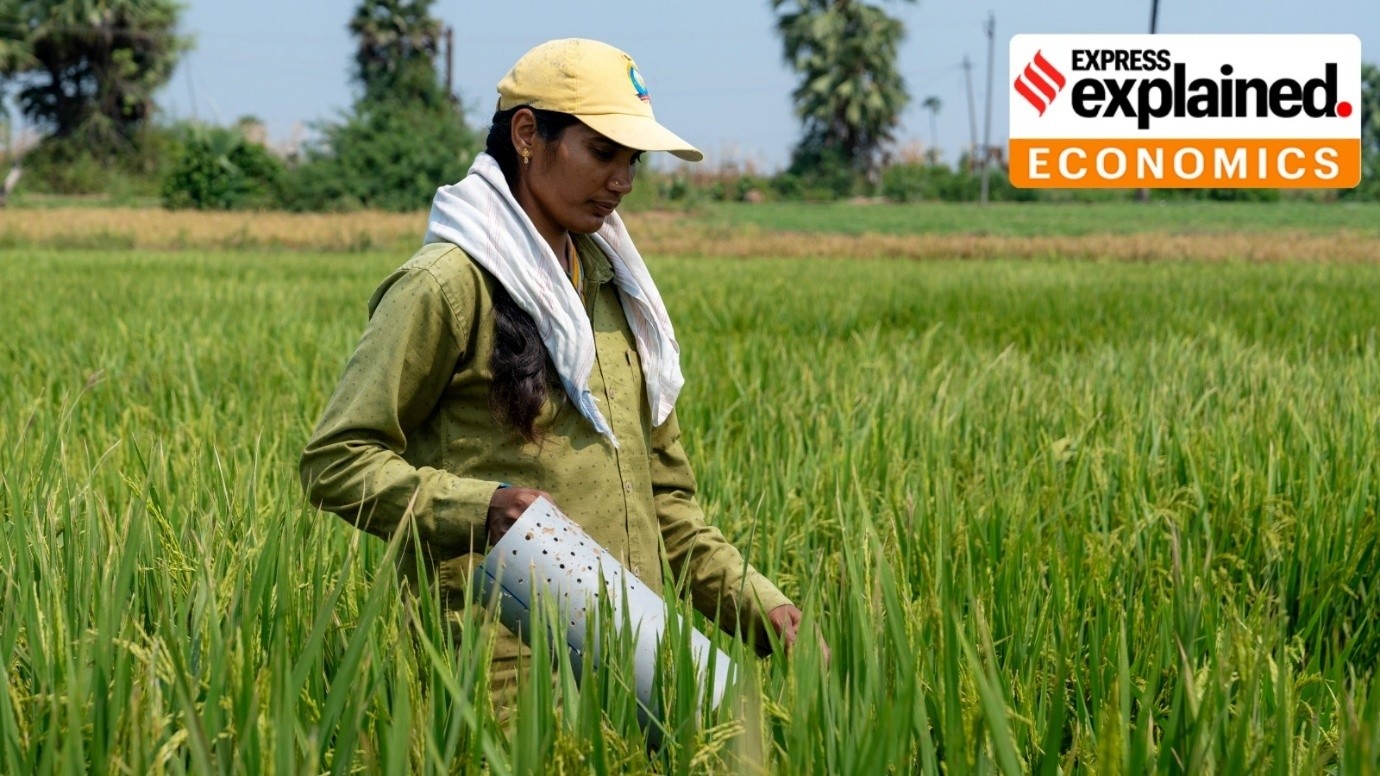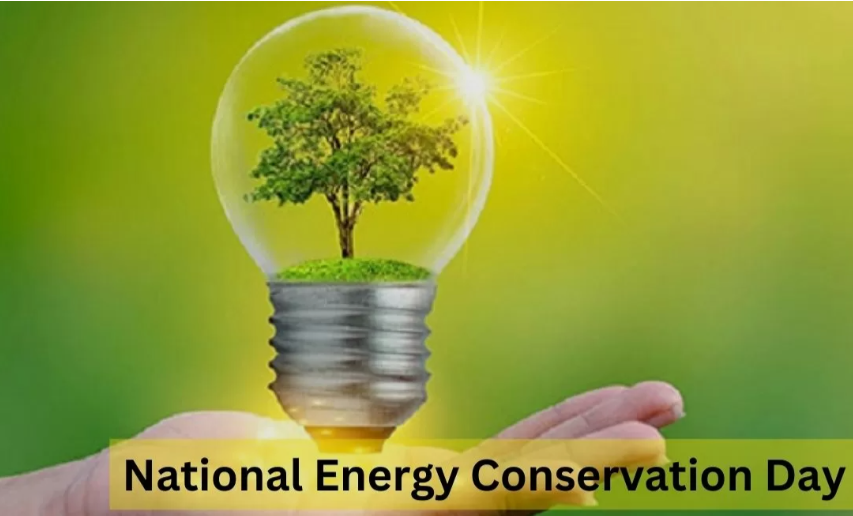




Source: DOWNTOEARTH
Disclaimer: Copyright infringement not intended.
The Tropical Forest Finance Facility (TFFF) is a proposed financial mechanism intended to incentivize developing countries to conserve and restore their tropical forests by offering monetary rewards per hectare.
However several non-profits and indigenous peoples’ organizations led by the Global Forest Coalition have expressed serious concerns over its design, implementation and long-term impacts.
The initiative is expected to be launched around the 30th Conference of Parties to the UNFCCC in Belem, Brazil.
|
Aspect |
Details |
|
Purpose |
To provide financial incentives to countries conserving/restoring tropical forests. |
|
Mechanism |
Pay a fixed amount per hectare of standing tropical forest annually. |
|
Initial Agreement |
Brazil, Indonesia, and the Democratic Republic of the Congo (home to 52% of global rainforests) announced collaboration during G20 Summit 2022. |
|
Monetary Structure |
Pay $4 per hectare annually, based on a target investment of $125 billion generating $4 billion per year. |
|
Operational Model |
Returns generated from investments would partly go to investors and partly to governments based on forest conservation. |
Commodification of Forests
Treating ecosystem services (oxygen production, carbon storage, biodiversity habitat) as market commodities.
Risk of reducing forests to monetary assets for investors seeking profits rather than genuine conservation.
Lack of Clarity and Transparency
Unclear who the investors and supporting entities are.
No transparent backup mechanisms if TFFF fails.
Exclusion of Indigenous Peoples
Payments would be routed through national governments with only 20% trickling down to local communities and indigenous peoples.
Forest communities might have limited or no say in decision-making.
Financial Risks
Payments are not assured; linked to investment profitability.
Repayment of loans/investments would start only after 10 years, raising concerns over long-term sustainability.
Fund could be liquidated during financial crises.
Greenwashing Potential
TFFF could enable greenwashing — investors purchasing TFFF credits for environmental credibility without meaningful change.
Unlike REDD+, TFFF would not generate carbon credits, but offer an alternative market-based approach.
Inadequate Response to Climate Crisis
Over-reliance on market forces to solve environmental crises seen as a false solution.
Assigning value to services that are inherently invaluable reflects the failure of capitalist market logic.
|
Proposal |
Details |
|
Redirect Military Budgets |
Allocate 1% of global national defence budgets to raise $26.4 billion annually for forest protection. |
|
Impose Tax on Fossil Fuels |
Levy a $1 per barrel tax on oil to raise $38 billion annually, almost ten times more than TFFF’s expected returns. |
|
Recognize Rights of Forest Peoples |
Shift focus from financial instruments to strengthening rights-based approaches for forest conservation. |
Tropical forests (Amazon, Congo Basin, Southeast Asia) are critical for:
Carbon sequestration.
Biodiversity conservation.
Sustaining indigenous cultures and livelihoods.
Global environmental strategies like REDD+ and now TFFF reflect evolving attempts to integrate market-based mechanisms into climate action.
Critiques highlight the tension between capitalist financial instruments and socio-environmental justice.
Involve indigenous communities directly in forest conservation governance.
Rights-Based Approach: Recognize forests as commons rather than commodified services.
Prefer public sector funds (defence reallocation, fossil fuel taxes) over speculative investments.
Reinforce the principles of equity, sustainability and social justice under UNFCCC mechanisms.
|
Aspect |
Global Forest Coalition |
REDD+ (Reducing Emissions from Deforestation and Forest Degradation) |
|
Nature |
International coalition of NGOs and Indigenous Peoples’ Organizations (IPOs). |
International climate change mitigation mechanism under UNFCCC. |
|
Established |
2000. |
Concept initiated in 2005; formalized in 2010 at Cancun Agreements (COP16). |
|
Headquarters |
Based in multiple countries; Secretariat in the Netherlands and Paraguay. |
No single headquarters; coordinated through UN bodies (UNFCCC, UN-REDD Programme). |
|
Aim |
Advocate for socially just forest policies; defend the rights of forest peoples. |
Provide financial incentives to developing countries to reduce deforestation, forest degradation, and enhance forest carbon stocks. |
|
Key Activities |
Policy advocacy, campaigns against market-based conservation like carbon trading; capacity building for Indigenous and local communities. |
Financial payments based on verified emission reductions from forests; includes conservation, sustainable management, and enhancement of forest carbon stocks. |
|
Funding Sources |
Membership fees, grants from foundations, non-profit support organizations. |
Funded by developed countries, multilateral institutions like World Bank, UN-REDD Programme, Green Climate Fund (GCF). |
|
Stand on Market-based Solutions |
Critical; believes commodification of forests harms indigenous rights and biodiversity. |
Supports market and non-market approaches; some REDD+ schemes allow trading of carbon credits. |
|
Stakeholder Inclusion |
Strong emphasis on Indigenous peoples, local communities, women, and marginalized groups having a decisive role. |
Initially criticized for insufficient Indigenous participation; improved over time through Safeguard Information Systems (SIS). |
|
Criticisms |
Viewed by some as being anti-development or idealistic. |
Criticized for complex bureaucracy, inequitable benefit-sharing, and risking the commodification of forests. |
|
Recent Focus |
Opposition to mechanisms like TFFF (Tropical Forest Finance Facility); promoting alternatives like direct community funding. |
Implementation challenges; integrating REDD+ into Nationally Determined Contributions (NDCs) under Paris Agreement. |
Sources:
|
PRACTICE QUESTION Q.Critically examine the role of international mechanisms like REDD+ in achieving sustainable forest conservation. In light of recent concerns raised by organizations such as the Global Forest Coalition, suggest alternative models for forest governance that prioritize indigenous rights. 250 Words. |






© 2026 iasgyan. All right reserved